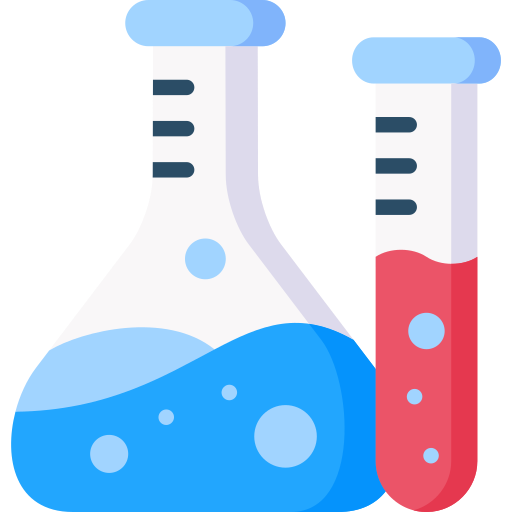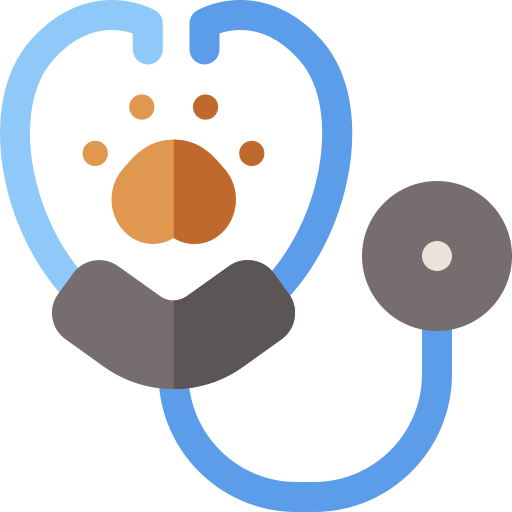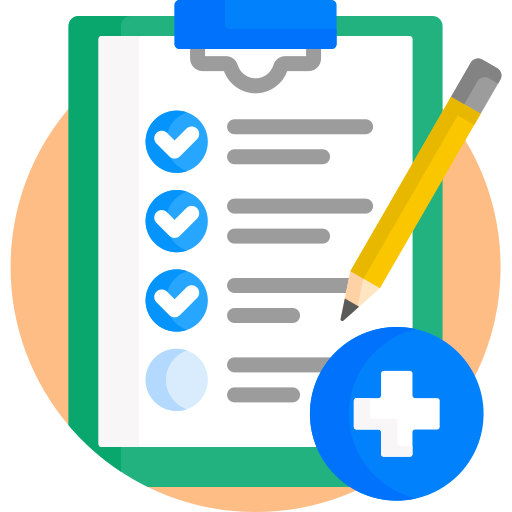Need Help ? Call 06292253004 !!
📍 Detecting...
Select Location
48 HRS HOLTER MONITOR
HOLTER Monitor records the heart's rhythm, usually for 24 to 72 Hours. It's used to spot irregular heartbeats, also called arrhythmias.
₹3780 (₹4200)
CLINICA DIAGNOSTICS - BARASAT
Address: Noapara Bazar, Krishnanagar Road, Kolkata 700124
CLINICA DIAGNOSTICS - CHAKDAHA
Address: 815 Singher Bagan Road, Joykrishnapur, Chakdah, Nadia - 741222
About 48 HRS HOLTER MONITOR :
What is Holter Monitor?
A Holter monitor is a small, portable device that records a person's heart activity over a 24- to 48-hour period. It is a type of electrocardiogram (ECG) that provides a continuous recording of the heart's electrical activity, allowing doctors to diagnose and monitor various heart conditions.
The Holter monitor consists of a small recorder attached to electrodes on the chest. The electrodes detect the electrical signals produced by the heart and transmit them to the recorder, which stores the data for later analysis.
Holter monitors are used to:
- Diagnose irregular heartbeats (arrhythmias)
- Monitor the heart's response to medication or treatment
- Evaluate symptoms such as chest pain, dizziness, or shortness of breath
- Assess the risk of heart disease or stroke
The data recorded by the Holter monitor is analyzed by a doctor or cardiologist, who looks for patterns or abnormalities in the heart's electrical activity. This information can help diagnose and manage various heart conditions, such as atrial fibrillation, ventricular tachycardia, or heart block.
What is the process of 48 hrs Holter Monitor?
The process of a 48-hour Holter monitor typically involves the following steps:
1. Preparation: The patient is asked to avoid bathing or showering for the duration of the test, as the electrodes need to remain attached to the skin.
2. Electrode Placement: A technician places 3-5 electrodes on the patient's chest, usually on the upper chest area. These electrodes are connected to the Holter monitor.
3. Holter Monitor Attachment: The Holter monitor is attached to the electrodes and secured to the patient's belt or clothing.
4. Patient Instructions: The patient is instructed on how to keep a diary of their activities, symptoms, and any events that occur during the 48-hour period.
5. 48-Hour Monitoring: The patient goes about their daily activities while wearing the Holter monitor. The device continuously records the patient's heart activity.
6. Event Button: If the patient experiences any symptoms or events, such as chest pain or palpitations, they press an event button on the Holter monitor. This marks the event in the recording.
7. Return to Office: After 48 hours, the patient returns to the doctor's office to have the Holter monitor removed.
8. Data Analysis: The recorded data is then analyzed by a doctor or cardiologist, who looks for patterns or abnormalities in the heart's electrical activity.
9. Results and Follow-up: The patient's doctor discusses the results with them and determines the next course of action, which may include further testing, medication, or lifestyle changes.
What is 48 hrs Holter Monitor used for?
A 48-hour Holter monitor is used for several purposes:
1. Diagnosing Arrhythmias: To diagnose irregular heartbeats (arrhythmias), such as atrial fibrillation, ventricular tachycardia, or heart block.
2. Monitoring Heart Rate and Rhythm: To monitor the heart rate and rhythm over an extended period, providing valuable information about the heart's electrical activity.
3. Evaluating Symptoms: To evaluate symptoms such as chest pain, dizziness, shortness of breath, or palpitations, and determine if they are related to a heart condition.
4. Assessing Pacemaker Function: To assess the function of a pacemaker and ensure it is working properly.
5. Monitoring Medication Effects: To monitor the effects of medication on the heart, such as beta blockers or anti-arrhythmic medications.
6. Identifying Silent Arrhythmias: To identify silent arrhythmias, which are irregular heartbeats that do not produce symptoms.
7. Pre-Surgical Evaluation: To evaluate the heart's function before surgery, especially in patients with pre-existing heart conditions.
8. Post-Operative Monitoring: To monitor the heart's function after surgery, especially in patients who have undergone cardiac surgery.
9. Monitoring Heart Conditions: To monitor heart conditions such as coronary artery disease, cardiomyopathy, or heart failure.
10. Research and Clinical Trials: To collect data for research studies and clinical trials related to heart disease and arrhythmias.
Chat with us!
.png)


 91-6292253005
91-6292253005




